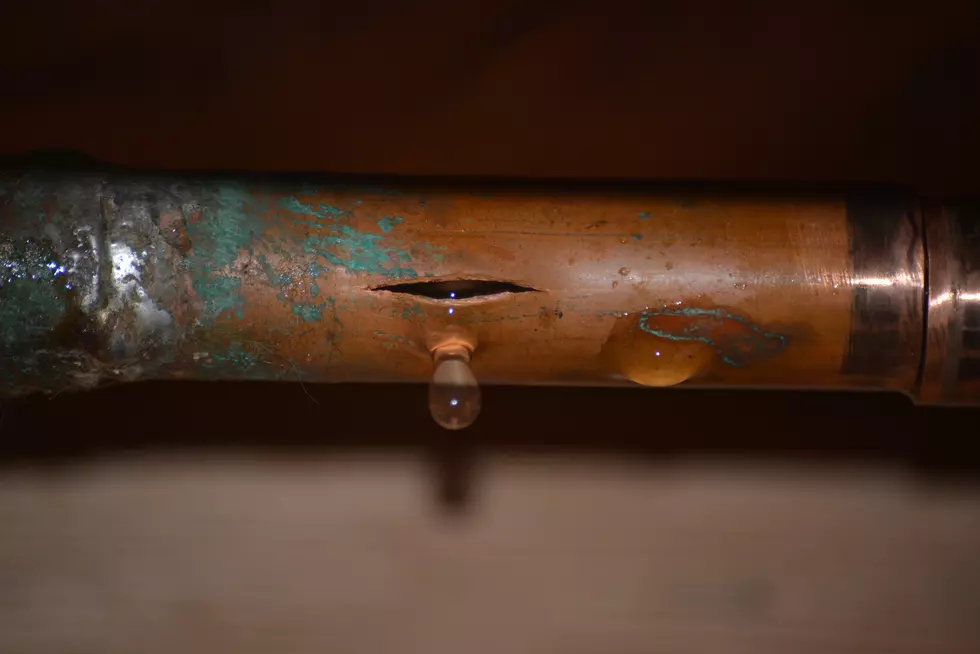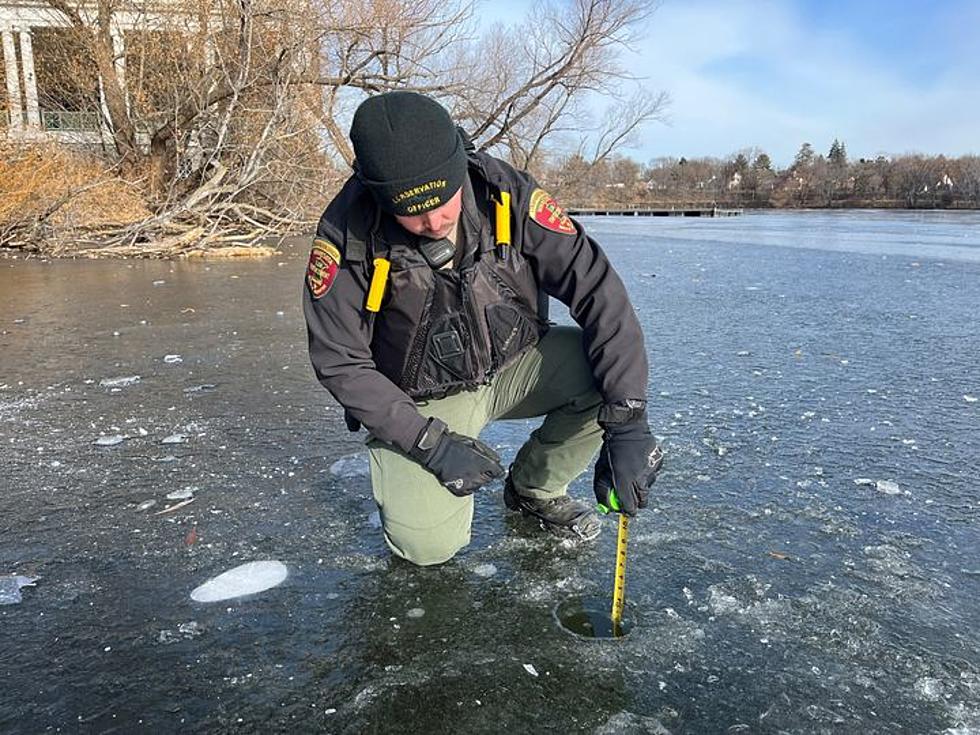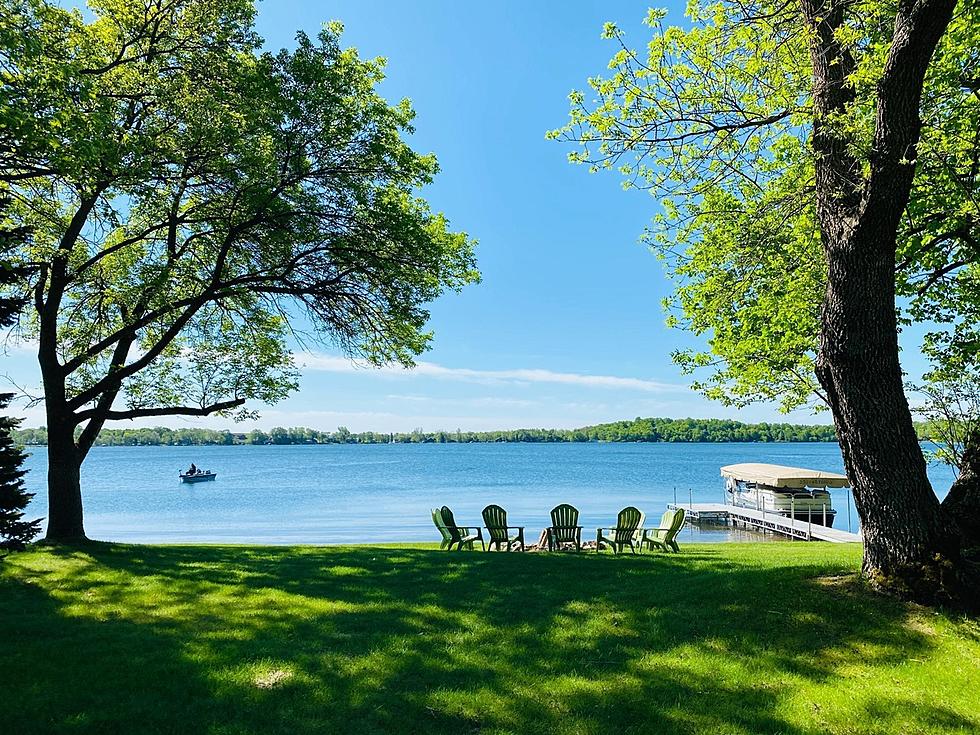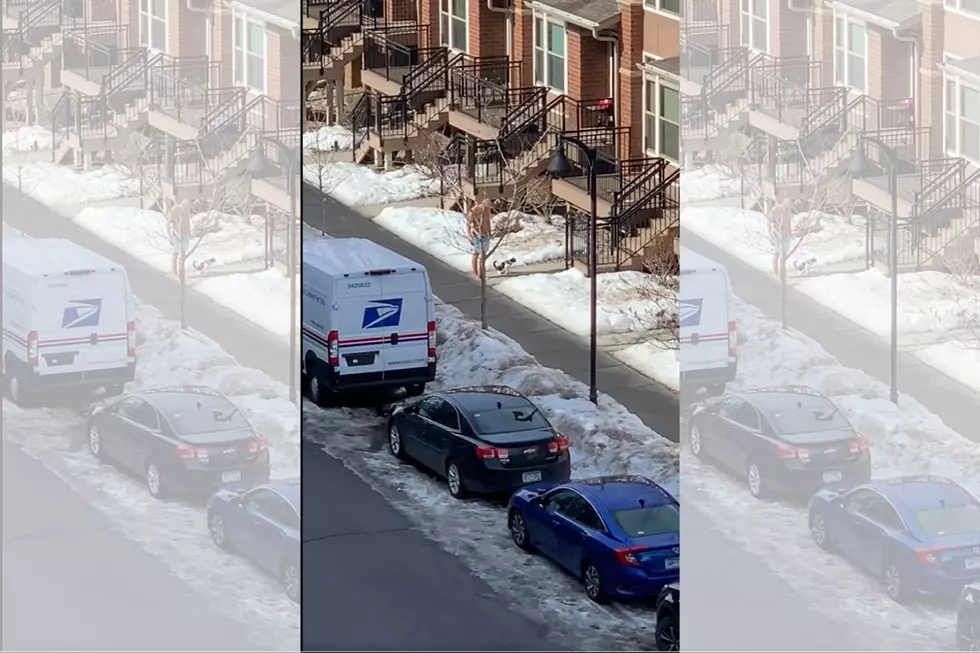
Cold Weather + Frozen Pipes: How To Prevent It, What To Do If Your Pipes Freeze
Extreme cold can wreak havoc on plumbing and septic systems for your home if they aren't properly insulated and proper preventative measures aren't taken. What can you do to prevent it from happening, and what should you do (and what shouldn't you do) if it happens?
Beside the inconvenience of a blocked pipe and lack of running water, freezing pipes are a homeowner's nightmare because water expands when it freezes, which can lead to pipes breaking. This same expansion is the reason we end up with potholes on our roads. Pipes of any kind, even metal, can burst under the pressure of expanding water as it freezes. Here are tips from the Red Cross on prevention:
How To Prevent Freezing Pipes
Pipes that are the most vulnerable are obviously those that are exposed to cold. Outdoor hose bibs and sprinkler lines are the most obvious vulnerabilities, but other water lines in areas that are unheated or not well heated are also vulnerable when temperatures plummet. Lines in places like basements and crawlspaces, areas where water lines enter or exit your home, garages, attics, and pipes running through exterior walls where insulation is not ideal are vulnerable to freezing.
Long-term prevention tips include draining lines not used in the winter (like sprinkler lines), being sure there is adequate insulation, or even adding pipe sleeves and appropriate heat tape for piping. These tips are easier to complete before the cold weather season comes along, but once it is here, these are things you can do right now to prevent freezing:
- Open cabinet doors containing plumbing (or with plumbing behind them) to allow warmer air in.
- Allow water to drip from the faucets of exposed or vulnerable lines. Moving water is less likely to freeze than water that is not moving.
- Keep your thermostat set to the same temperature both day and night if you normally adjust your thermometer down at night or while you are gone. While this is a little less energy efficient, it also keeps everything in your home consistently as warm as possible.
- If you are particularly concerned about pipes in your crawlspace, attic, or basement, circulate warmer air into those cooler spaces with a fan. In some cases, adding a temporary (safe) heat source may be necessary. It is important to consider safety when doing so, being careful to use safe indoor heat sources, and being sure to avoid having these heat sources anywhere near anything flammable.
- If you have pipes in a garage or other outdoor space, keep doors closed as much as possible, and if necessary, add an additional heat source. The same safety rules apply from the previous point, being sure to use a proper temporary source meant for indoor use and avoiding flammable items.
- If you plan to be away from your home on vacation (or maybe own a vacation home or cabin in a cold climate), it is important to either drain the water lines before winter, or be sure to maintain temperatures in the home around a recommended 55 degrees.
What To Do If Your Pipes Freeze
If you turn your faucet on, and only get a trickle or nothing at all, you might have a frozen pipe. You should assess what faucets and water supplies in your home may be frozen so you can treat the problem in all affected areas as quickly as possible.When assessing where the frozen pipe(s) may be located, consider the common vulnerable places listed above. Here is what the Red Cross says you should do if you have a frozen pipe:
- Keep the faucet open, which will do a couple things. As you start to thaw your pipe, it will allow water to pass through the pipe system. This will let you know you are making progress, but more important, it will allow moving water to help in the continued process of clearing ice out of the line.
- Apply heat to the section of pipe you believe to be frozen. This could be done in a number of different ways, including:
- Circulating warmer air from elsewhere in the home with fans
- Adding a temporary heat source (being sure to use an appropriate indoor heat source and follow the above-mentioned safety guidelines)
- Applying a heating pad to the frozen pipe
- Using an electric hair dryer to warm the pipe
- Wrapping the frozen pipes with towels soaked in hot water. If you use this method, be sure to monitor the temperature of the towels to make the process as efficient as possible.
- DO NOT use a torch, gas/propane/kerosene heater, charcoal stove, or any other device that uses an open flame, as this can lead to fire.
- Be sure to apply heat until normal water pressure is fully restored for any impacted pipes.
- If you can't find the location of the frozen pipe(s), call a licensed plumber.
Prevention and quick action is important. Frozen pipes that are allowed to freeze to a point where they burst can lead to water damage in your home. Taking preventative steps to keep your pipes warmer than 32 degrees F (the freezing temperature of water) and quickly addressing a frozen pipe can help you avoid expensive repairs to your plumbing and other parts of your home near the pipes that could be damaged by water.
In the event you end up with a burst pipe after thawing, it's important to turn off the water supply to reduce the amount of water that could come out of the burst pipe. Try to get rid of as much water as you can with towels, sponges, mops, or a wet/dry vacuum. To help in drying out walls/floors, you will also want to use a dehumidifier until the space is dry to help prevent mold, mildew, and other moisture problems. Once the immediate water issue is mitigated, phone calls to your insurance company and/or repair professionals are your next steps.
More From 98.1 Minnesota's New Country









